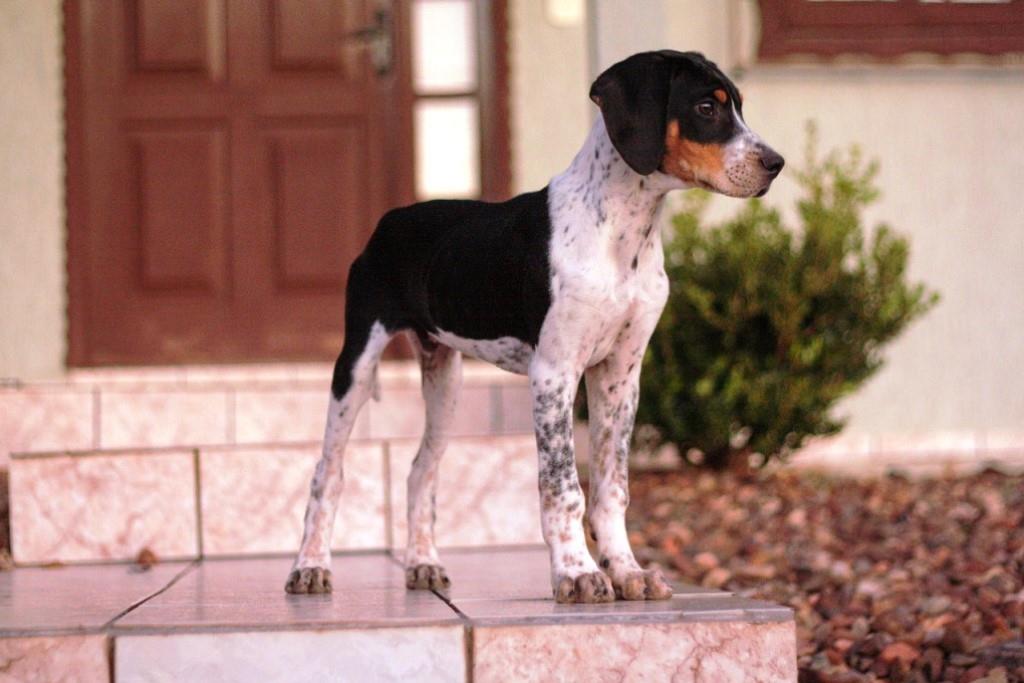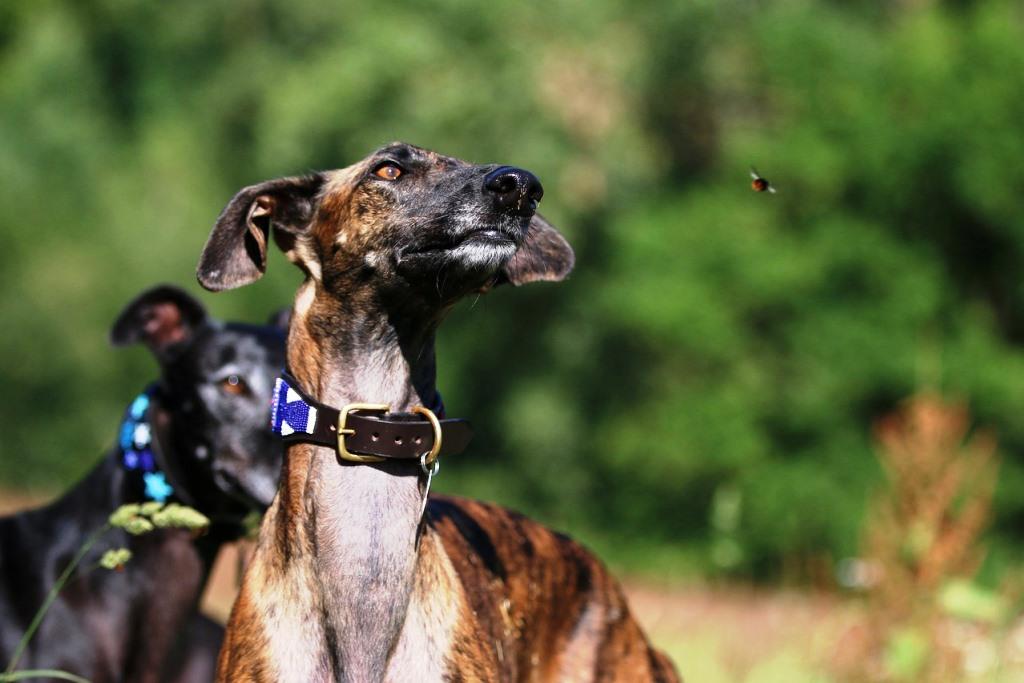The Fox Terrier dog breed is divided into two different varieties whose difference is only in the coat; there is the smooth-coated Fox and the rough-coated Fox. Until the beginning of the 20th century, they were a single breed and crosses between specimens belonging to the two different breeds were common. After that, the breeds had separate standards, which, as already mentioned, differed only in their fur characteristics.
However, the Fox Terrier breed is very old and its place of origin is England, where it was the favourite dog for flushing foxes out of dens. And to this day, whether it hunts or not, the Fox Terrier is capable of sneaking into the fox’s den, tracking it down and forcing it to flee so that the hunter can intervene.
According to the Kennel Club, the definition of a terrier comes from the Latin word terra and indicates a group of dogs, including the ancestors of today’s fox, whose purpose was to hunt on the ground and snuff out prey. It seems that the Fox Terrier was already known at the time of Pliny the Elder, but we find it officially described for the first time by Dr Caius, a professor at Cambridge, many years later. According to scholars, it was derived from a cross between the ancient black English terrier, the beagle, the white terrier and the bulldog, and the aim was to obtain a small, light-coated, agile and fast breed, capable of helping its master especially in fox hunting. However, it was also used as an exterminator of rats.
It was around the end of the nineteenth century that this dog became very popular thanks to the intervention of King Edward VII of the United Kingdom, who became fond of this breed and decided to make it known to the world.
Over time, this breed has undergone several morphological changes; the head has become more elongated, the neck less squat, and the ear pinnae have become thinner. However, the real selection began with the Reverend Jack Russell in the early 19th century, which was then carried on by hunters who used them for fox hunting.
It became famous thanks to Milù, the cute canine friend of journalist Tintin, a character from the comic strip of the same name created by Hergè.
Character of the Fox Terrier dog breed
The Fox Terrier is a very demanding dog in many respects. It has a strong temperament and therefore needs to understand its role within the family right away. Once it has established its pack leader, who must be consistent and inflexible, it becomes a lively and playful animal, very affectionate with the whole family, intelligent and curious. It can be rather stubborn, a characteristic common to many other terriers, but it is particularly aggressive, especially with male dogs, and it is a good idea to be very careful when out and about. It has very strong jaws and a set of teeth that are three times its size in proportion, and above all it is fearless, even of dogs much larger than it. With a Fox Terrier in the house it is not advisable to keep other animals, especially cats or rabbits, as he sees them as prey. At most, a pair can be kept.
In the home and in company even an adult specimen comes back as a puppy, loves to play, is cheerful and versatile. It can also live in a flat, but it needs a lot of movement and frequent outings to release all its energy, which is really a lot. As already mentioned, he is not afraid of anything, you only have to look him in the eyes to realise this; his look and character are of a determined and self-confident type and when he moves you can see that he is cunning, learns quickly and is very intelligent.
It is an excellent watchdog, always alert and attentive and barks a lot if it hears something unusual. This must be considered if you live in an apartment building. The ideal is a house with a secure garden where it can remain quietly alone for several hours and where it can run.
Appearance of the Fox Terrier dog breed
The Fox Terrier is a small dog breed, the height at withers for a male ranges from 29 to 39 centimetres for a weight of around 8 kilograms, the female usually a little less. The body is lean and toned, in fact it has a slender but at the same time, solid and robust line. His physique is well-proportioned and muscular, making him a perfect athlete.
Standing up, the Fox Terrier resembles a hunting horse, its back is short and it is capable of covering great distances. The feet are round and compact, with very thick pads. The tail is attached high and is carried straight but not on the back, nor rolled up. It used to be cut off at one third of its length; today, fortunately, this barbaric practice is no longer adopted in most countries.
The skull is almost flat and tilts slightly; its width gradually decreases towards the eyes, which are small, sunken, round, dark in colour and with a lively expression. The truffle is black, the ears are V-shaped and fall forward towards the cheeks and bend over the skull. The jaw and jawbone are very strong and muscular.
The particular characteristic of the Fox Terrier is its coat, which comes in two versions: smooth coat and rough coat. The coat of the smooth coat is short and sparse, but still protects it from the cold. It is smooth, soft and warm to the touch. The hair of the rough coat is shaggy with medium-long hairs that tend to curl all over the body. It is dense and frizzy, very hard in texture and has an average length of 2 centimetres on the shoulders and 4 centimetres at the withers. The undercoat is softer and shorter. The colour is generally white with black, black and fawn or light brown markings.
Care and health of the Fox Terrier dog breed
The Fox Terrier is a dog that generally enjoys good health. It has a good resistance to outdoor life. It may suffer from epilepsy, due to a suspected genetic component. In white-coated dogs, congenital deafness is also possible. In good health its average life span is around 15 years.
When it is very hot, it is a good idea to go out early in the morning and late in the evening; the smooth-coated Fox suffers more from the cold than the rough-coated one. As far as grooming is concerned, for smooth-coated foxes, a brush a couple of times a week is sufficient and they do not lose much hair even during the moulting period. On the other hand, the coarse-haired one loses much more hair and periodic grooming about every three months is appropriate.
The diet must be balanced and portions must be measured to prevent them from gaining weight. They eat wet and dry food and also drink a lot of water, as they are always on the move.


